Cristopher Niell
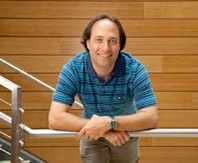
Professor, Department of Biology and Institute of Neuroscience
I have spent most of my research career studying the development and function of neural circuits in the visual system. As a graduate student in Dr. Stephen Smith’s lab at Stanford University, I used two-photon imaging in the zebrafish optic tectum to study both functional receptive field properties and the developmental processes of growth and synapse formation. I then began work on the mouse visual cortex, in the lab of Dr. Michael Stryker at UC San Francisco, utilizing the mouse as genetic model system to investigate aspects of cortical organization and development. In my lab at University of Oregon, we are focused on understanding visual processing from the level of individual neurons up to brain-wide pathways, particularly in the context of behavior and different brain states.
Curriculum Vitae
Contact: cniell (at) uoregon (dot) edu
Angelique Allen
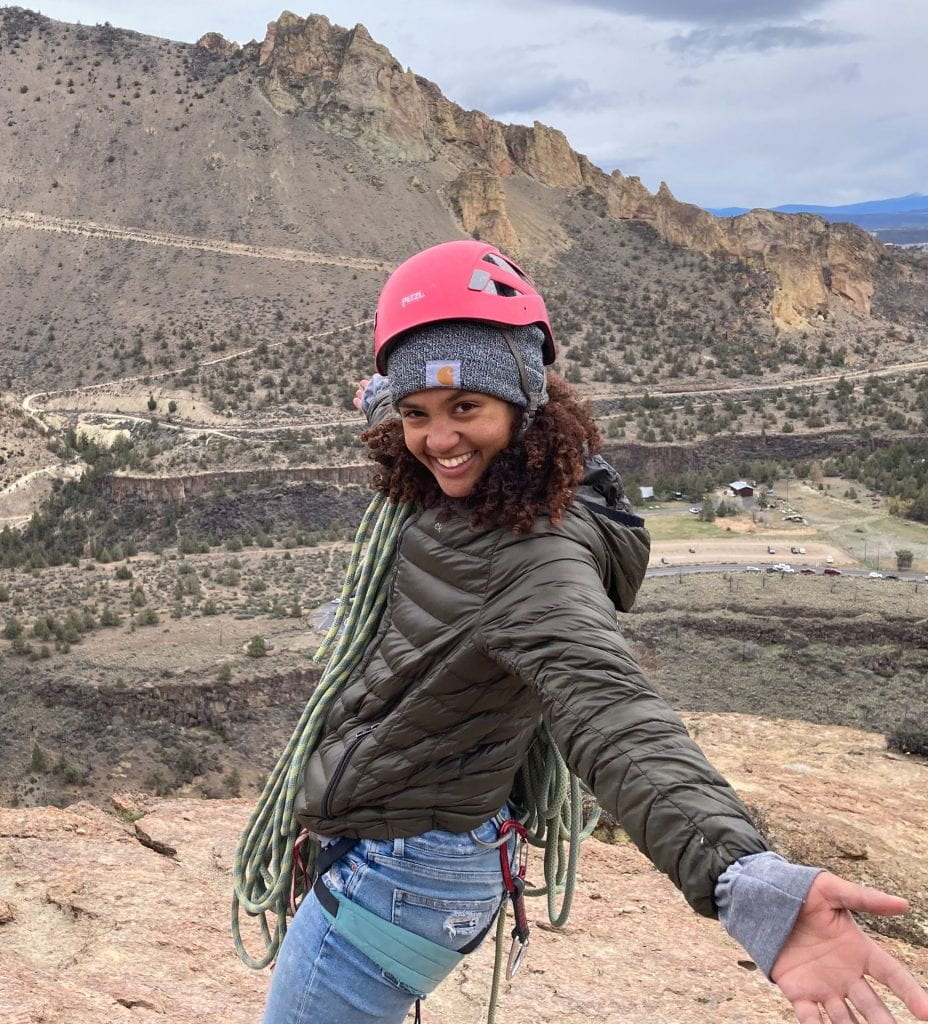
Graduate Student
The camera-like eye found in humans and octopuses presents a classic example of convergent evolution. Despite this similarity, there are dramatic differences in the brain structures that process visual information. My research currently focuses on how the functional organization of the octopus brain processes polarized light, with a future goal of investigating how their perception and neural circuity gives rise to complex behaviors such as camouflage. Additionally, I aim to share my passion for making discoveries through being curious by bringing octopuses into classrooms and introducing students to the growing world of cephalopod neurobiology.
contact: vallen (at) uoregon (dot) edu
Chris Fields

Graduate student
My research in the Niell lab focuses on the neural correlates of psychedelic-induced alterations in visual perception. Serotonergic psychedelics offer a unique tool to investigate cortical dynamics underlying sensory processing because they provide the ability to acutely and reversibly alter perception in humans. By extending these studies to animal models in the Niell lab, we aim to disentangle the neural circuits and cortical dynamics that give rise to these altered states of perception. More broadly, I am interested in how the biophysical properties of cell types and circuit architecture of the cortex support the emergence of a given conscious state – whether healthy, disordered, or pharmacologically altered – as a function of the hierarchical structure of information processing in the brain. Prior to joining the Niell lab in 2024, my background in neuroscience research started at the University of Michigan with an interest in neuropharmacology. I worked for three years as a postbacc research technician in the lab of Dr. Dinesh Pal where I primarily used EEG, microdialysis, and fiber photometry to probe the regulation of cortical dynamics associated with psychedelic and anesthetized states in rodents.
Contact: cfiel (at) uoregon (dot) edu
Luis Franco

Research scientist
I have always been curious about how the brain processes information from the environment in order to guide behavior and decision making. Early on, this motivated my interest to pursue a career in neuroscience. I started out studying neuronal biophysics in rat hippocampal slices for my M.Sc., which I followed up by investigating circuit dynamics of olfactory computations in fruit flies for my Ph.D. Later, to assess neural correlates of behavior, I continued my career studying cortical representations of visuomotor associations in head-fixed mice. This path eventually led me to join the Niell Lab in 2023, where my research now focuses on exploring visual computations in freely navigating mice. To achieve this, I use a combination of animal movement tracking software, augmented reality displays, neural probes and custom eye tracking hardware. My goal is to find neural signals responsible for invariant object recognition and object prediction while mice actively sense their environment, in a more naturalistic way.
Contact: luisfran (at) uoregon (dot) edu
Abbi Koenigsmark

Graduate student
Cephalopods engage in a variety of highly complex behaviors driven by vision. While behaviors like prey capture are also exhibited by vertebrates, others are rather unique, such as dynamic camouflage. My goal is to bridge the gap between the function of these complex behaviors and the development of the cephalopod visual system. What genes are necessary for the proper development of visual regions in the cephalopod brain? What cell types are required for visual function and the performance of these complex visual behaviors? My interest in cephalopod neurobiology and vision has existed long before joining the Niell Lab, as I obtained an M.S. as a part of Dr. Robyn Crook’s lab as SFSU while researching cuttlefish visual signaling and social interactions.
Contact: akoenigs (at) uoregon (dot) edu
Anne Liu

Postdoctoral Researcher
The nervous system is composed of sets of brain regions that are highly interconnected. I am interested in how these connections are organized across the brains of different species. During my PhD (EPFL, Switzerland), I used genetic-viral tools, light microscopy, and computer vision-based analysis to map out connections from the mouse whisker-related cortices. From a comparative perspective, it would be fascinating to explore brain architectures in a completely different organism. With support from the Swiss National Sciences Foundation, I joined the Niell lab to visualize brain connections (using dyes and viruses) in the octopus brain while also revealing the molecular identities of cells that form these connections (in situ hybridization). Outside the lab, I am passionate about science communication and making science accessible to the general audience.
Contact: annel (at) uoregon (dot) edu
Denise Piscopo
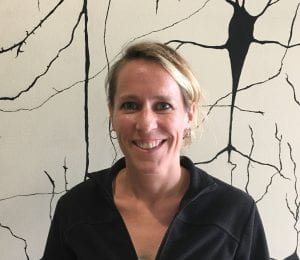
Research scientist
My background is in molecular biology and genetics, and I was introduced to neuroscience studying spine plasticity and addiction in Dr. Linda Wilbrecht’s lab. As a long-term research scientist in the Niell lab, my goal is to implement and apply novel techniques to enable studies of visual system function and plasticity. I previously generated a GCaMP6 mouse line that is now in wide use and performed a large-scale characterization of visual responses in mouse dLGN. I am currently studying the role of cortex in ethological behavior in mice, and the impact of environmental experience on natural visual processing.
Contact: dpiscopo (at) uoregon (dot) edu
Judit Pungor
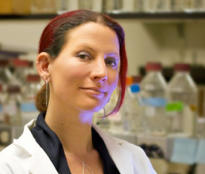
Research Scientist
My research focuses on exploring the functional organization of the visual system of the octopus. Octopuses rely on their keen sense of sight for most everything in their lives, from prey capture and predator evasion, to camouflaging and finding mates. They have a camera-like eye as vertebrates do, which emerged in a stunning case of convergent evolution. While we know a bit about the structural organization of their visual systems, little is known about its functional organization. Using a combination of calcium imaging and tract tracing techniques, I aim to identify what features of the visual world octopuses extract and utilize, and how this visual information is disseminated to higher order processing centers in their central brain.
Contact: jpungor (at) uoregon (dot) edu
Issac Rhim
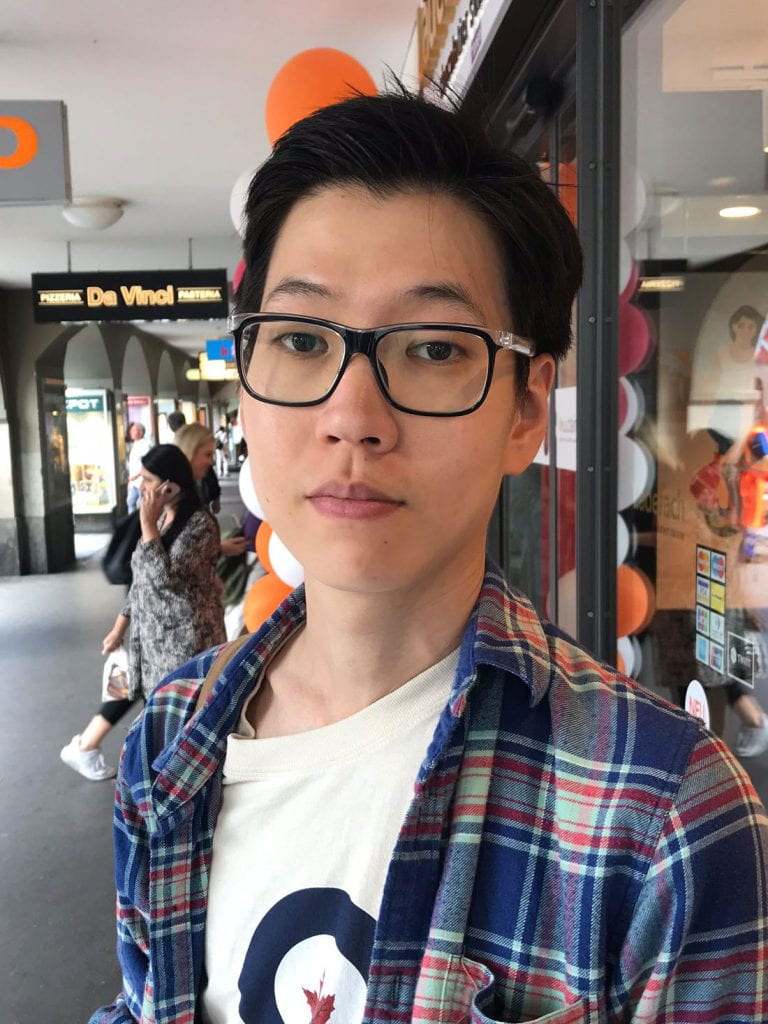
Postdoctoral Researcher
Our brains are remarkable at making continuous decisions based on sensory input, often seamlessly. Even in a simple task, such as walking on a trail, we are able to instantaneously decode the visual space before us and move our feet to propel ourselves forward. However, how the brain effectively translates sensory evidence into actionable outcomes is not well understood. Using vision as the sensory model for information processing, I’m interested in the (1) involvement of the visual cortex in encoding and decoding behavior-relevant features and (2) the neural mechanisms that underlie sensory-to-action translation downstream. To this end, I employ a combination of behavioral assays, electrophysiology, 2-photon microscopy, wide-field calcium imaging, intrinsic signal imaging, genetic tools, and computational methods.
contact: irhim (at) uoregon (dot) edu
Jhoseph Shin

Postdoctoral researcher
Sensory processing requires detecting and identifying relevant stimuli in a dynamic, complex environment. However, the neural bases of these computations are still unclear because sensory perception has been examined typically by presenting isolated features such as a grating visual bar. My goal is to understand how the brain extracts relevant information from the noisy world, particularly by studying the rodent’s primary visual cortex and superior colliculus in a natural behavior setting. Prior to joining Niell Lab as a post-doc, I did my Ph.D. in Dr. Inah Lee’s lab at Seoul National University, where I performed in vivo electrophysiology to study how the hippocampus updates representations based on visual changes in the environment.
Contact: jhosephs (at) uoregon (dot) edu
Michael Sidikpramana
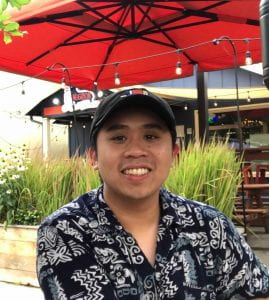
Graduate student
A central aim of the Niell lab is to further our understanding of vision in the context of naturalistic behavior. My project in the Niell lab focuses on visually guided locomotion, specifically how skillful movement through cluttered environments emerges from the continuous interaction between an agent and its environment. This ability to avoid objects in one’s environment is a highly conserved cognitive process found across many species. The visual scene holds information critical for object avoidance and some of this information can only be accessed as the visual scene changes when one moves through the environment. By studying how freely moving mice navigate cluttered environments, I aim to elucidate what features of the visual scene aid object avoidance and how these features are represented in the brain. This work will provide a better understanding of how vision is used in the context of natural behavior.
Contact: msidikpr@uoregon.edu
Rolf Skyberg

Postdoctoral researcher
I am currently a postdoctoral fellow in the Niell lab, where I study the temporal structure of neural responses in the visual cortex of freely moving and naturally behaving mice. Throughout my research career I have focused on studying the development, maintenance and function of sensory circuits throughout the brain. As a graduate student, working under the direction of Dr. David Hill at UVA, I investigated the contributions of sensory experience in driving the anatomical and physiological development of subcortical gustatory circuits that are critical for regulating feeding and motivated behaviors (see 1 and 2). After graduate school I began my first postdoctoral position in the lab of Dr. Jianhua Cang at UVA, where I used electrophysiological approaches to study how visual neurons dynamically shift their spatial frequency preferences (i.e. coarse-to-fine processing) to enable more efficient representations of complex stimuli, like ethologically relevant natural scenes (see 3). Most recently, I have joined the Niell lab at UO to study how these temporally dynamic processes are engaged in naturally behaving, freely moving mice; as well as how they might be disrupted during altered perceptual and cognitive states, such as ones generated by hallucinogens.
Contact: rskyberg (at) uoregon (dot) edu
Previous Members
Shelby Sharp
Graduate Student
Current: Grant director, Fanconi Cancer Foundation
Mea Songco-Casey
Graduate Student
Current: Technical staff, Hamilton Company
Elliott Abe
Graduate Student
Current: Postdoc, Univ of Washington (Bing Brunton lab)
Philip Parker
Postdoctoral Fellow
Current: Assistant Professor, Rutgers University
Emmalyn Leonard
Undergraduate researcher
Current: Graduate student, Stanford
Dylan Martins
Undergraduate researcher
Current: Graduate student, UC Santa Barbara
Angie Michaiel
Graduate Student
Currently: Science Fellow, Kavli Foundation
Mandi Severson
Lab Manager
Currently: Graduate student, UT Austin
Ian Etherington
Research associate
Currently: Graduate student, Yale
Hannah Bishop
Postdoctoral Researcher
Currently : Teaching faculty, University of Oregon
Johanna Tomorsky
Graduate Student
Currently: Post-doc, Stanford (Shatz lab)
Jennifer Hoy
Postdoctoral Researcher
Currently : Associate Professor, University of Nevada – Reno
Joseph Wekselblatt
Graduate Student
Currently: Post-doc, Caltech (Doris Tsao lab)
Wayne Tschetter
Postdoctoral Researcher
Currently: Assistant Professor, Concordia University